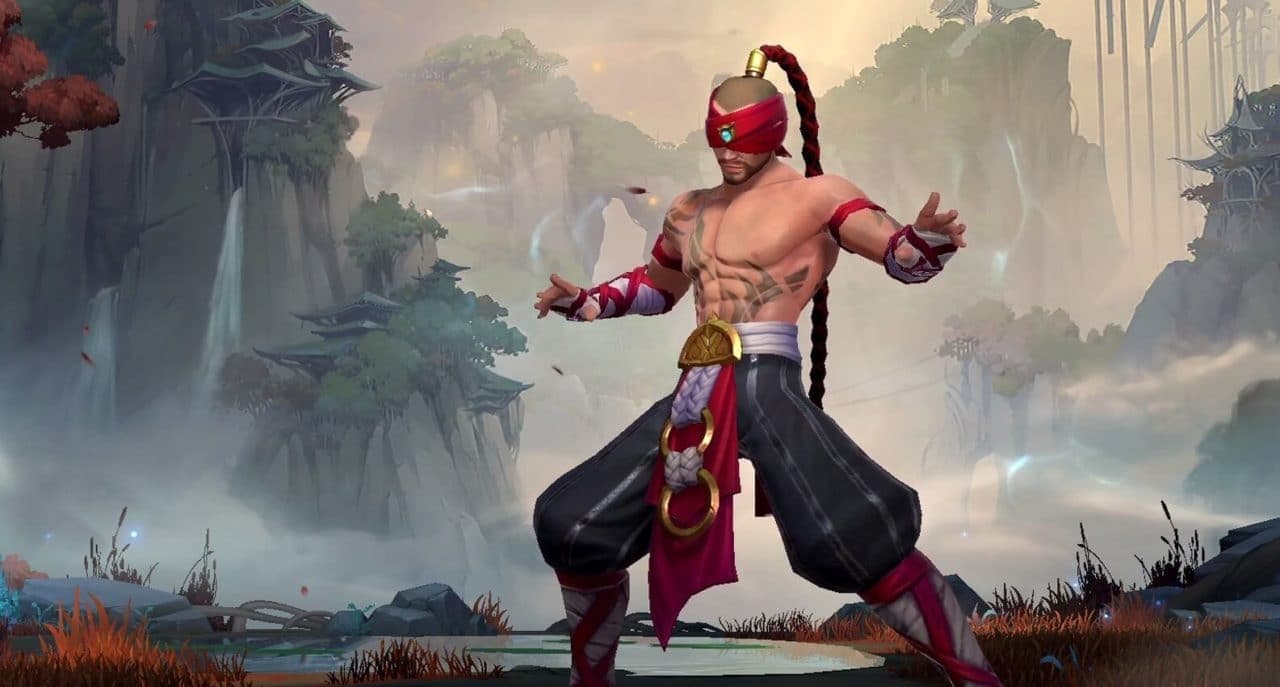When starting out in Wild Rift, the jungle can seem like a really intimidating position. With all the different jungle camps, the epic monsters, and the responsibility of ganking, jungling can be pretty overwhelming.
Luckily, there’s a lot of benefits to playing in the jungle. Junglers have a lot of influence over the game and can control the pace of the match through ganking and objective control. Jungle is likely the most impactful role in the game, as long as you know the fundamentals.
Choosing a champion
The first step is choosing a champion that you feel comfortable with. Jungle champions can typically be classified into three groups.
Tank junglers are champions who excel at engaging and absorbing a lot of damage.
- Tank junglers: Gragas, Amumu
Bruisers are the middle ground between tanks and assassins. They can take damage and dish it out too.
- Bruiser junglers: Lee Sin, Shyvana, Olaf, Xin Zhao, Jarvan IV, Vi
Assassins are focused on high damage and mobility. These champions are all about deleting low-health enemy champions off the map.
- Assassin junglers: Evelynn, Master Yi, Graves
Smite
Smite is the most important summoner spell for junglers. Smite helps you clear your jungle camps quicker, and allows you to get the final blow on epic monsters so that they don’t get stolen. After killing 4 large monsters, the game will allow you to upgrade to red or blue smite.
Blue smite is called “chilling smite,” and slows an enemy champion. Red smite is called “challenging smite,” and reduces an enemy champion’s damage to you, while buffing your damage to them.
Jungle camps
The most obvious difference for the jungle role as opposed to the others is the source of income. Laners will be getting their gold by killing minions, whereas junglers will be killing the different types of jungle camps.
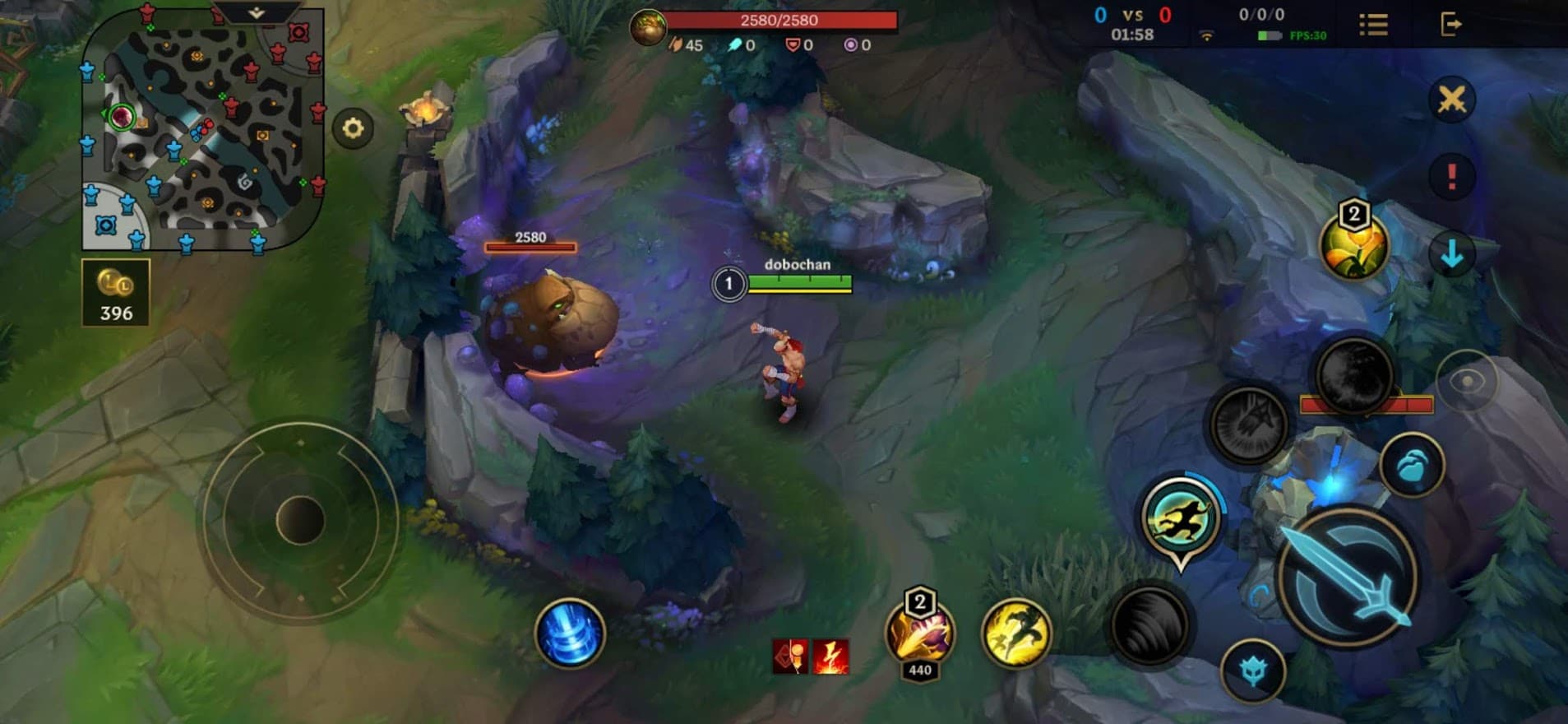
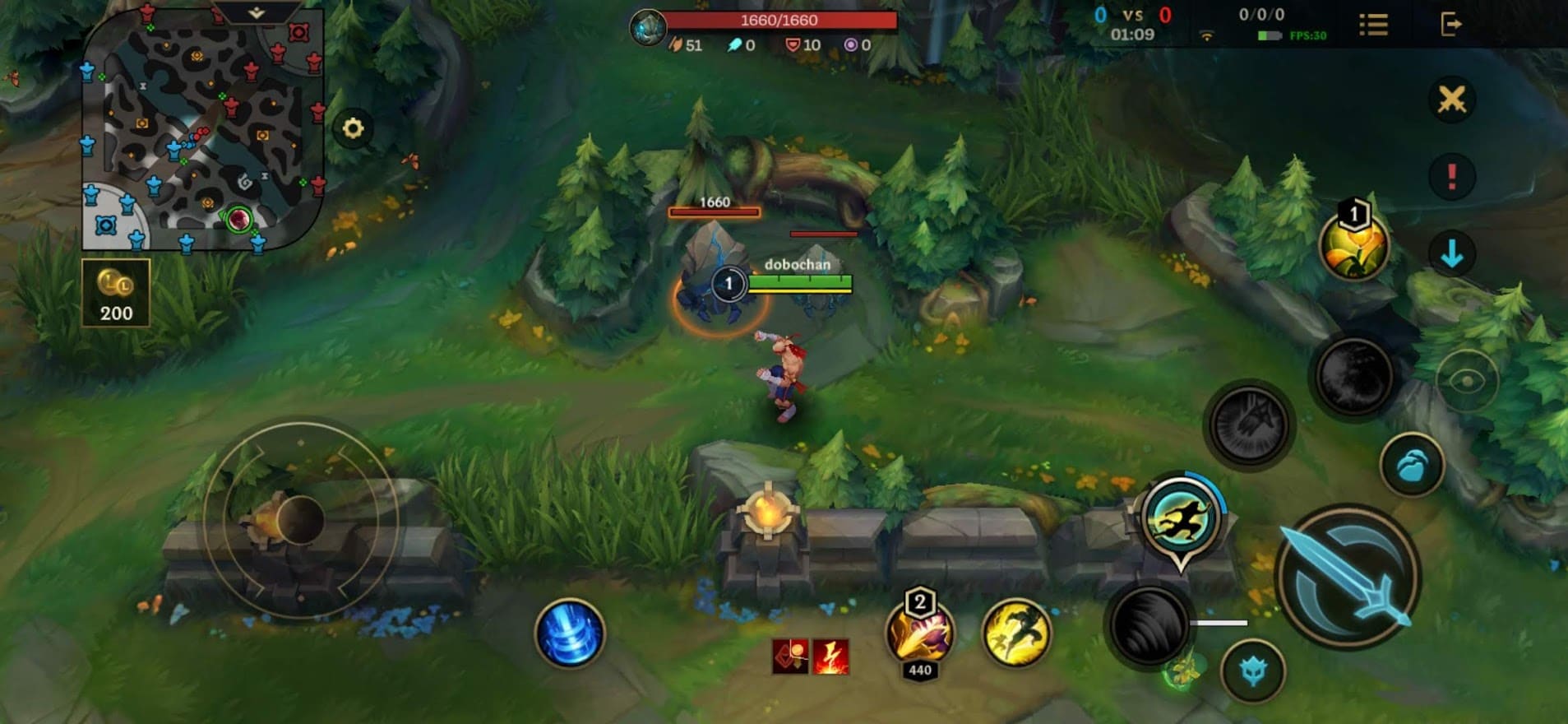

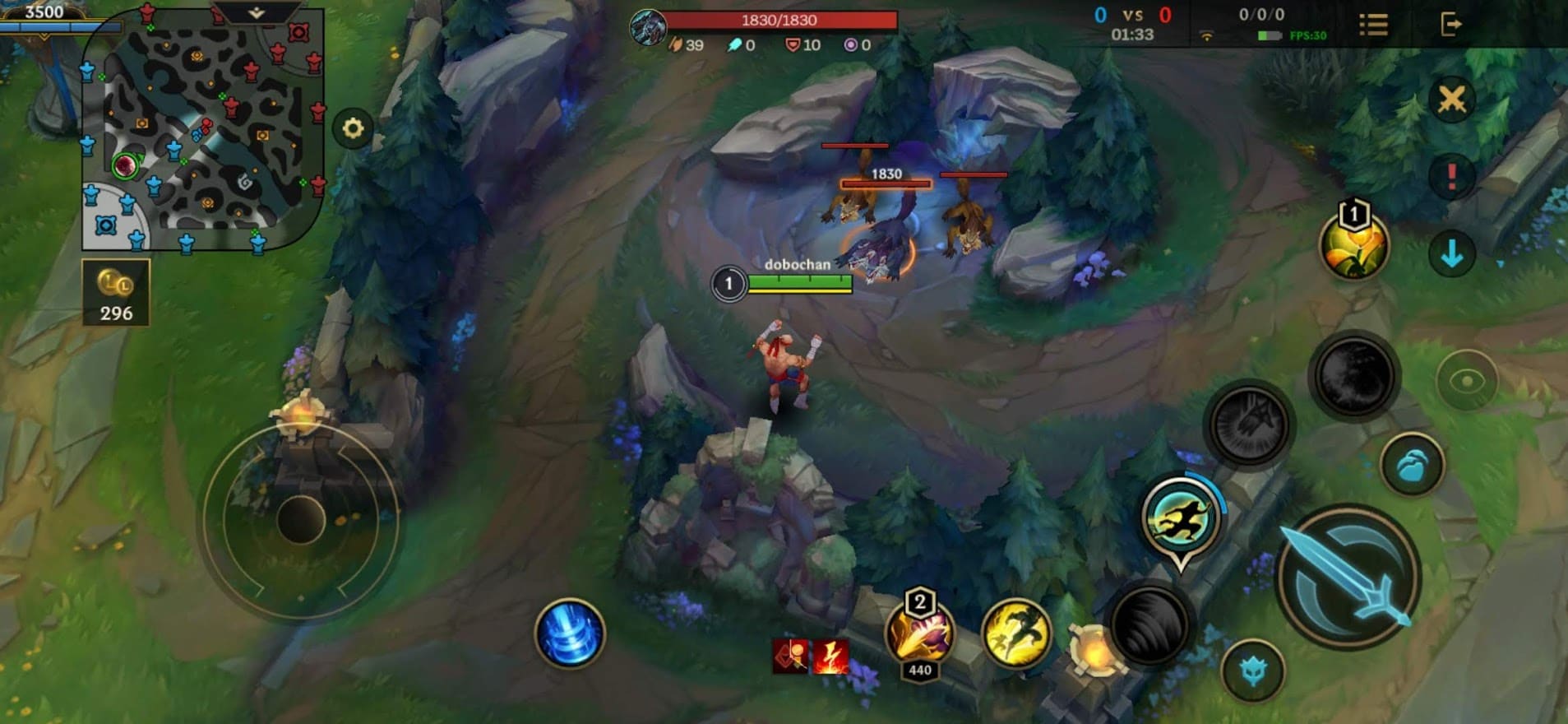
These four camps are your standard jungle camps. These will be your main source of income and experience. Make sure to farm these when you aren’t ganking or taking objectives.


The Blue Sentinel and Red Brambleback are commonly referred to as the blue buff and red buff. This is because they give unique buffs when slain. The blue buff, or “crest of insight” regenerates your mana and health. The red buff, or “crest of cinders” adds a burn and slowing effect to your basic attacks.


The Rift Scuttler is the last of the large monsters. It spawns in the river, and will not retaliate when attacked. When killed, the Rift Scuttler leaves an area called the speed shrine, which grants vision and gives any allies movement speed while passing over it.
Ganking
Ganking is a very important aspect of jungling, and your teammates will flame you if you don’t do it. The basic definition of ganking is to go to a lane and launch a surprise attack on the enemy laner with your teammates.
Ganking itself is an art form, but here are some basic tips to follow while ganking:
- Make sure the enemy laner is pushed up close to your tower
- Repeatedly gank players who have no summoner spells, i.e. flash or ignite
- Don’t gank an enemy that has a lot of kills, unless they have low health or haven’t spent their gold on items yet
- Use successful ganks to get objectives
Objectives
The last important job of the jungler is to take objectives, or epic monsters, with their team. The three epic monsters are the Elemental Drakes, the Rift Herald, and Baron Nashor, and each gives your team an advantage when taken down.
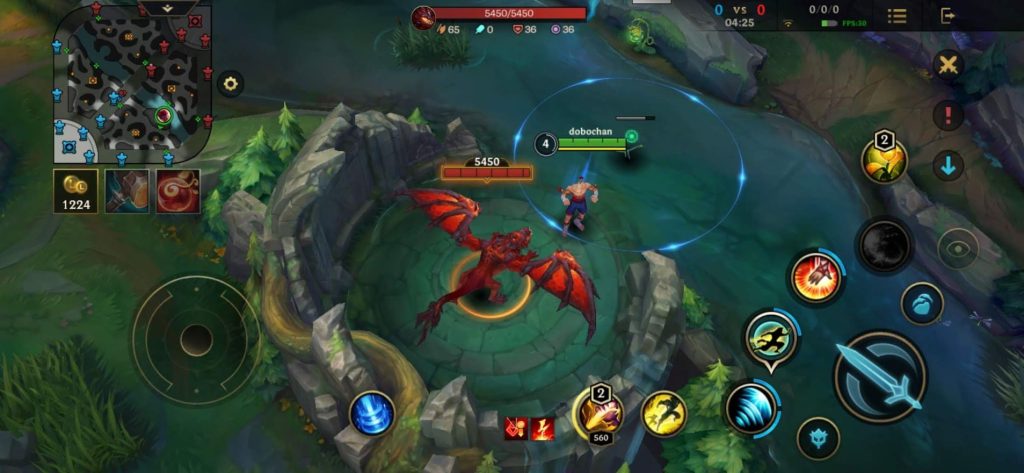
The Elemental Drakes are the first epic monsters to spawn. There are four types, and each gives your team a different permanent buff when taken down.
Infernal Drake gives damage, Ocean Drake gives lifesteal, Cloud Drake gives movement speed, and Mountain Drake gives a passive shield that recharges out of combat. Later on in the game, Elder Dragons will begin spawning instead, and they give a more enhanced version of each buff.
You should try to have at least one teammate with you to help you take down the Drakes.

The Rift Herald spawns in the Baron pit slightly after the Elemental Drake spawns. The Rift Herald does not give a passive buff. Instead, whoever slays the Rift Herald will have their trinket replaced with a friendly Herald that can be deployed in a lane. This Herald will charge towers and deal massive damage.
You can take the Rift Herald by yourself if you know that you won’t get collapsed on by enemies. The key is to wait for the Herald to reveal its weak point, a glowing purple eye on its back, and hit it there for a big chunk of damage.

Baron Nashor is the toughest monster in the game and will fight back the most. It is vital that multiple teammates are with you to help take it down because it deals a lot of damage and has a lot of health.
When slain, all teammates who are currently alive will receive the Baron buff, which gives bonus ability power and attack damage and allows you to power up nearby minions.
The most important thing to remember about objectives is that as the jungler, it’s your job to get the finishing blow with your smite. Check how much damage your smite does before taking objectives, and then time your smite by watching the monster’s health.
There is a reason that jungle has a reputation for being the hardest role. Junglers have to constantly balance farming, ganking, and objective control, and manage everything on the map. That said, these tips should give you a good starting point to learning the fundamentals of jungling.
Enjoy this piece? Don’t forget to share our work with the buttons below. Also, be sure to follow us
on Twitter to get the latest gaming news straight to your feed.

